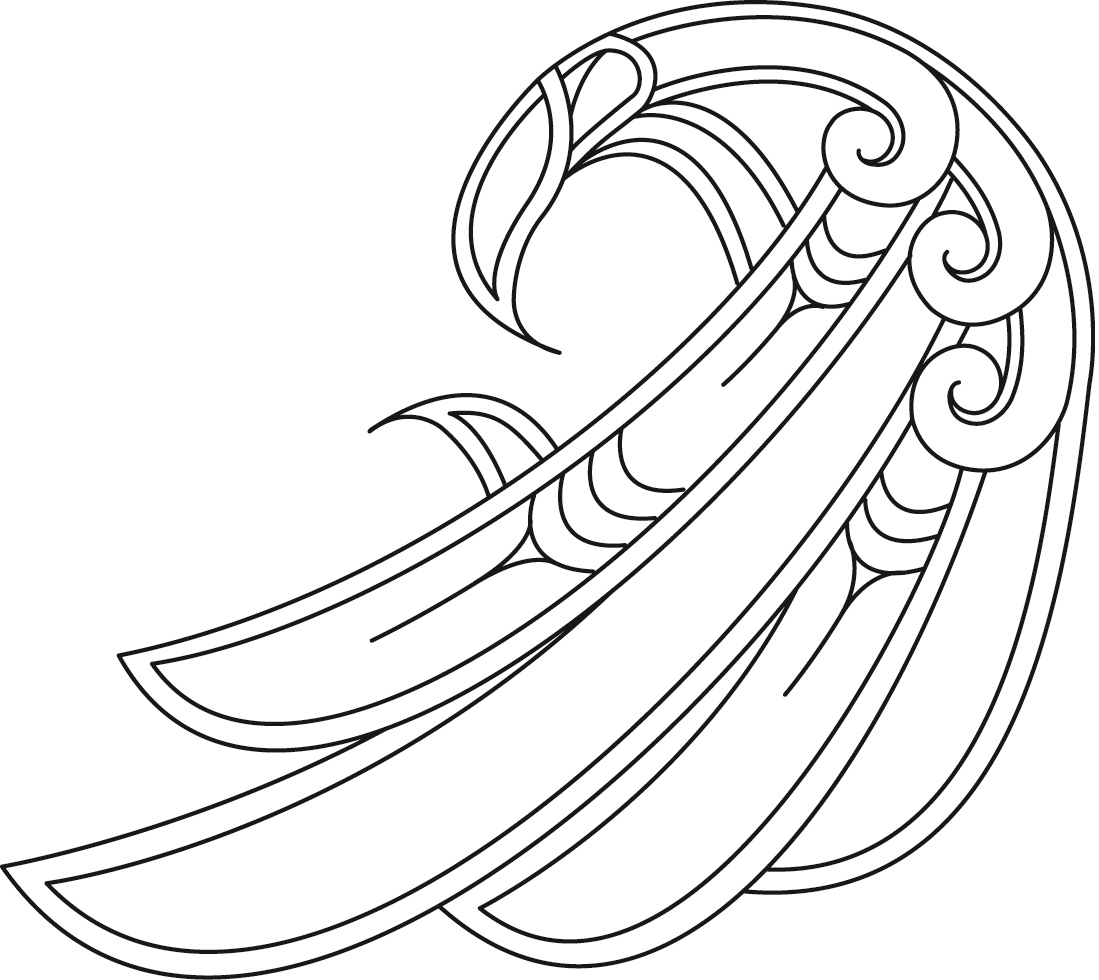
Te Ākitai Waiohua
- About us
- Environmental values and priorities
- Native and threatened species
- Our environmental work
- Working with us
We pursue actions and outcomes that not only benefit Te Ākitai Waiohua but the wider community and Tāmaki Makaurau.

Te Kāhu Pōkere o Tāmaki Makaurau e kore i ngaro i te hinapōuri.
The Black Hawk of Tāmaki will never disappear into the darkness.
About us
The tohu represents Te Kāhu Pōkere, the black hawk. It is both the tohu and kaitiaki of Te Ākitai Waiohua.
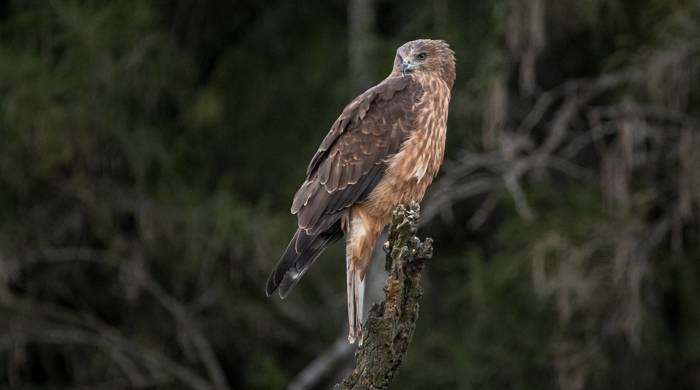
Environmental values and priorities
The following uara are fundamental to Te Ākitai Waiohua and in terms of te taiao, central to successful conservation. They are, however, only starting points.
Mauri
Mauri is the life force of all living things, connecting the physical and the intangible. The ongoing degradation of the natural environment diminishes mauri. Although mauri is invisible, it is reflected through tohu. Only Te Ākitai Waiohua, as iwi mana whenua and kaitiaki, are sufficiently skilled to assess these signs.
Te Ākitai Waiohua seek to always improve mauri.
Mana
Mana is intrinsically linked to mauri. Mana in this context is the authority and standing of the natural world.
Our priorities
Te Ākitai Waiohua aim to restore and/or mitigate all the damage on our traditional rohe caused by our shared modern existence.
Our current focus is on projects in the vicinity of Pūkaki Marae that are manageable in both scale and outcome.
Completion of our Treaty of Waitangi Settlement process will enable a dedicated Te Taiao (environmental) arm. It will actively pursue actions that benefit both Te Ākitai Waiohua and the wider Tāmaki Makaurau community.
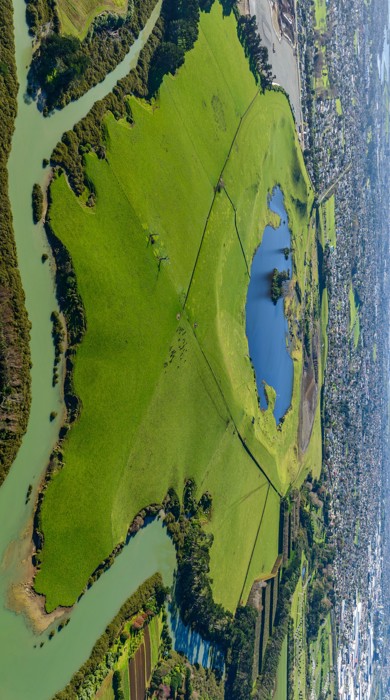
Native and threatened species
Te Kāhu Pōkere is the juvenile form of the native kāhu. Kāhu are a taonga species for Te Ākitai Waiohua. They are an important environmental indicator in our rohe.
Our environmental work
We have partnered with Eke Panuku and the Māngere-Ōtāhuhu Local Board to restore Te Puhinui and Pūkaki Lagoon (Te Pūkaki Tapu ō Poutūkeka).
Read Te Whakaoranga o Te Puhinui: Te Whakaraapopoto | Te Puhinui Regeneration Summary Document (PDF, 5.4MB) to find out more about this project.
Also, see the relevant sections of the Area Plan for parts of Puketāpapa and Albert-Eden Local Boards. Te Ākitai Waiohua was a key contributor to this plan, alongside other iwi mana whenua.
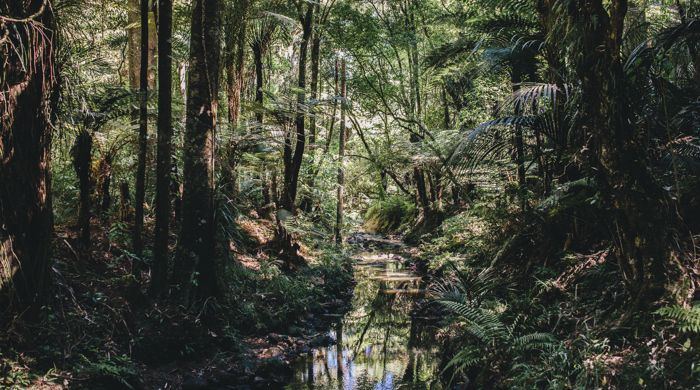
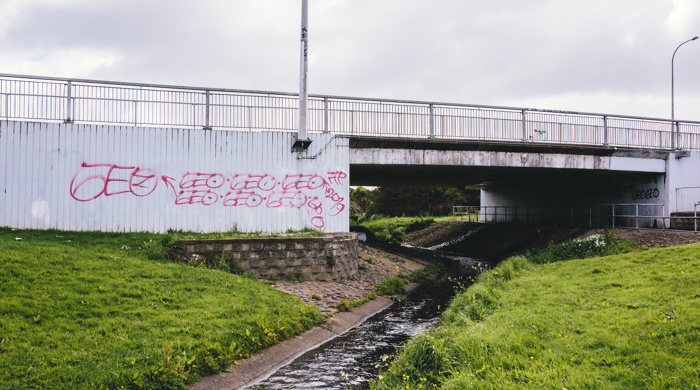
Pūkaki crater rim
One of several volcanic craters, part of Ngā Tapuwae o Mataaoho, the southwestern rim had eroded over many years. In 2017, Te Ākitai Waiohua, with Māngere-Ōtāhuhu Local Board's support, planted 15,000 native trees and shrubs to stabilise it.
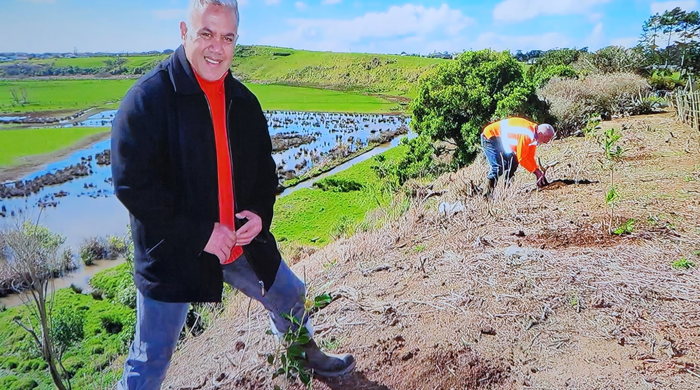
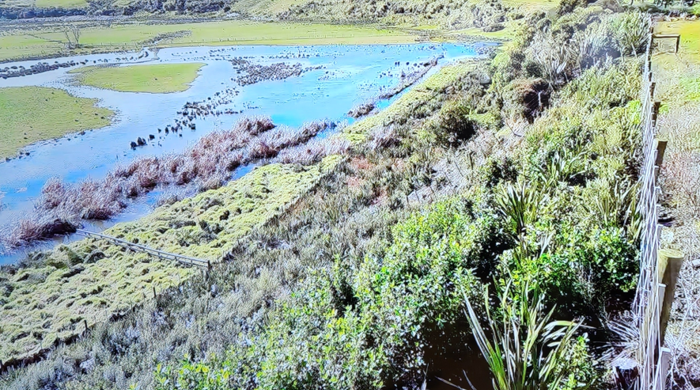
Te Pūkaki Tapu ō Poutūkeka
Commonly called Pūkaki Lagoon, Te Pūkaki Tapu ō Poutūkeka was a tidal lagoon until the early 1900s. Then it was drained for farming. Before European arrival, the lagoon offered safe harbour for waka and was near the Te Waokauri portage. Poutūkeka was the great-great grandfather of Kiwi Tāmaki, the Kotahi tupuna of Te Ākitai.
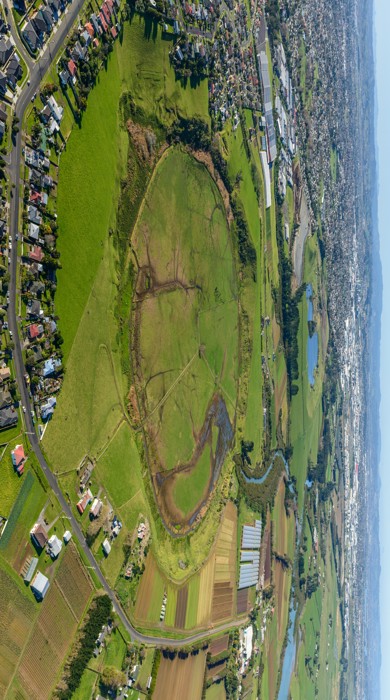
Working with us
As kaitiaki, Te Ākitai Waiohua bring perspectives on environmental management, that have been refined through generations of traditional ways of living and knowing. We aim to lead restoration projects, using these skills and practises to benefit the environment and improve the health and wellbeing of our community.
We take a long-term approach to all we do and are open to developing relationships with businesses and community groups.
Contact us
Use the Contact us button below to get in touch with us. Auckland Council staff will support you to engage with us appropriately.



